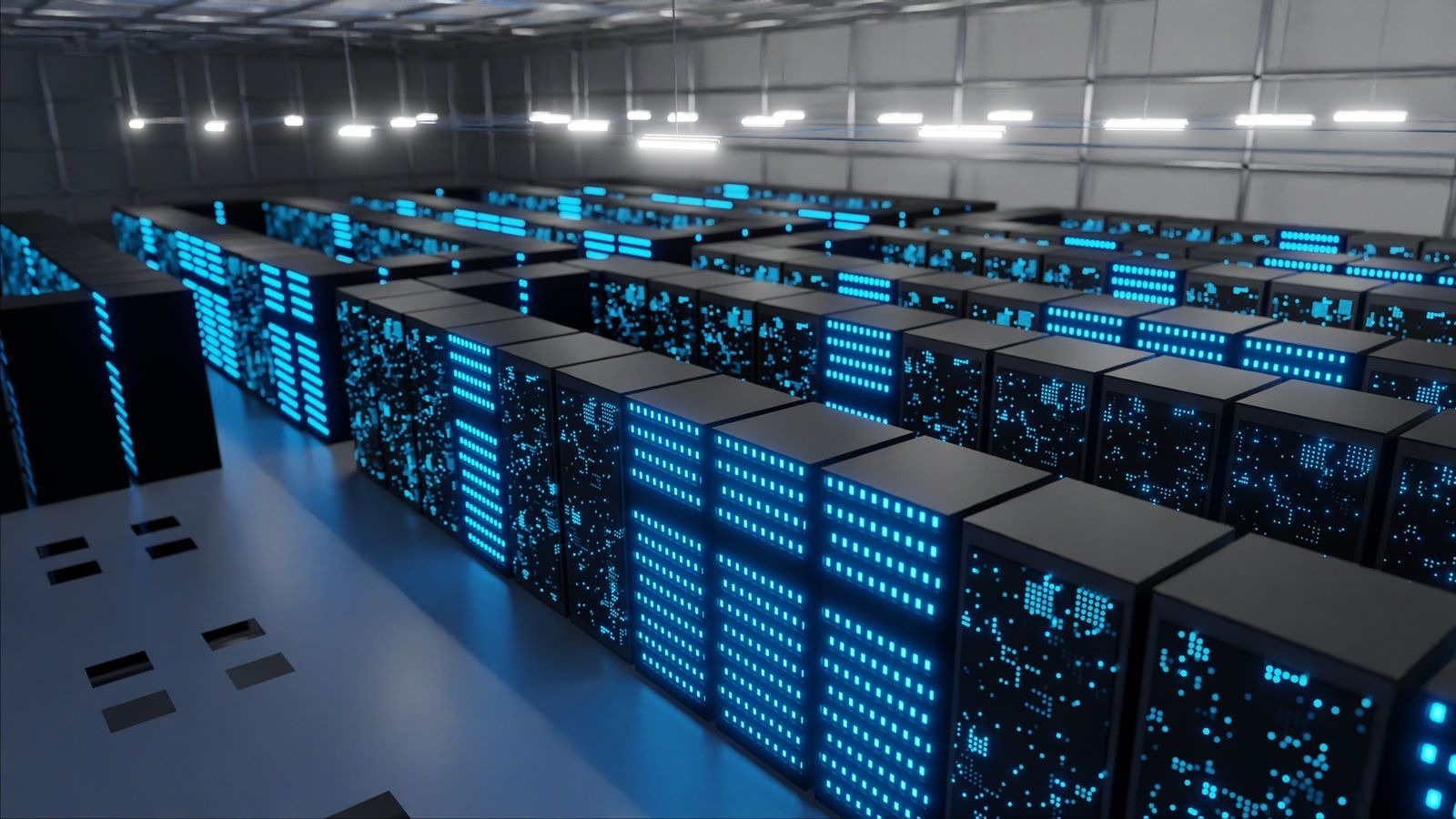
Elon Musk said his artificial intelligence startup xAI is building the world's largest supercomputer in Memphis, Tennessee. The company is pouring hundreds of millions of dollars into the project, Business Insider reported.
The total cost of the project is estimated at $405.9 million . However, the paradox is that the filings also show that xAI will not be able to draw enough electricity from the local grid to run the 1 million GPUs in Memphis as the implementation plan outlines.
Requires huge power supply
Musk, who has raised $12 billion in funding for xAI in 2024, said the “giant computing factory” includes 200,000 Nvidia GPUs, half of which were installed in just 122 days, and the ultimate goal is to expand to 1 million GPUs.
So far, xAI has requested 300 MW of grid power from Memphis Light, Gas and Water (MLGW). However, the AI startup has only been approved for 150 MW.
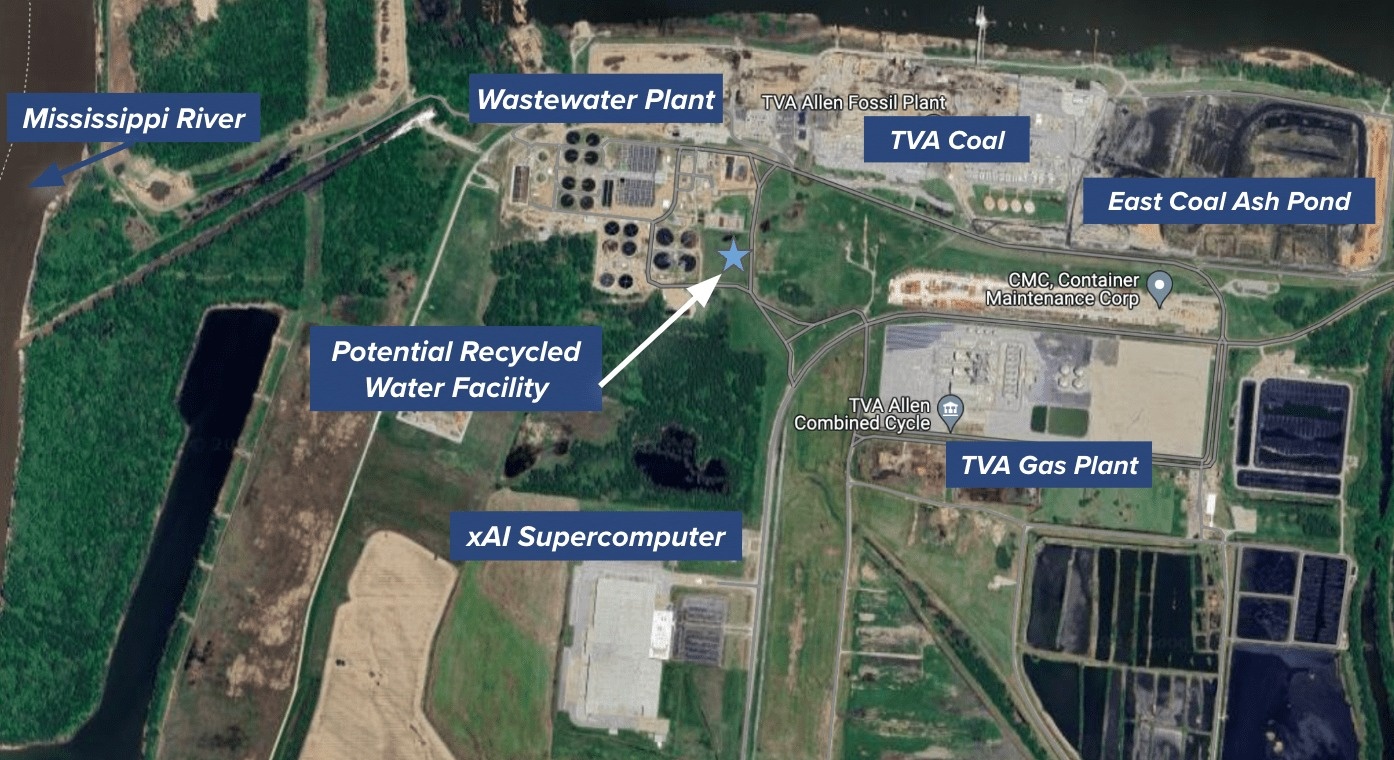 |
The local grid in Memphis may not be able to provide enough power for a project the size of xAI. Photo: Protect the Aquifer. |
In its permit applications for the on-site natural gas turbines, the company said access to the full 300 MW of grid power would depend on “significant infrastructure upgrades” and transmission improvements in the area.
To solve this, xAI supplemented its power supply with gas-fired generators from Caterpillar subsidiary Solar Turbines. They generate a total of 250 MW.
However, xAI cannot meet customer demand “without additional on-site generation,” the company said in a permit application.
It’s not just xAI that’s expanding in the region, as are other data centers and battery manufacturers. TVA, which provides electricity to much of Tennessee and parts of six neighboring states, said in February that it planned to spend $16 billion over the next few years to meet historic demand growth in its region.
Also in the statement, a TVA spokesperson said the board would need to review and approve any new loads exceeding 100 MW to ensure “the reliability of the electric system can be maintained.”
With its current capacity, xAI can only power 200,000 Nvidia H100 GPUs. Adding more computing power would be difficult, said Shaolei Ren, a professor of electrical and computer engineering at the University of California Riverside.
“It's still possible, but that would mean an aggressive oversubscription strategy is being used,” Ren said.
By Ren's calculations, a million GPUs could require more than 1 GW of electricity to operate, or four times the amount of electricity xAI currently has access to in Memphis.
“People can be excited about the opportunities ahead, but there are realities we have to accept,” MLGW CEO Doug McGowen said at a Memphis city council meeting.
Hardware costs billions of dollars
Not only will the power demand increase, hardware costs are likely to rise. Musk previously said Colossus, as the project is called, will be powered by a mix of 100,000 Nvidia H100 chips and 50,000 Nvidia H200 chips.
TRG Datacenters estimates that the H100 chip costs between $27,000 and $40,000 each, while the H200 chip costs $32,000 each. That means the hardware for the Memphis sites could cost more than the current $4.3 billion and $27 billion for 1 million GPUs with the cheaper H100 chip.
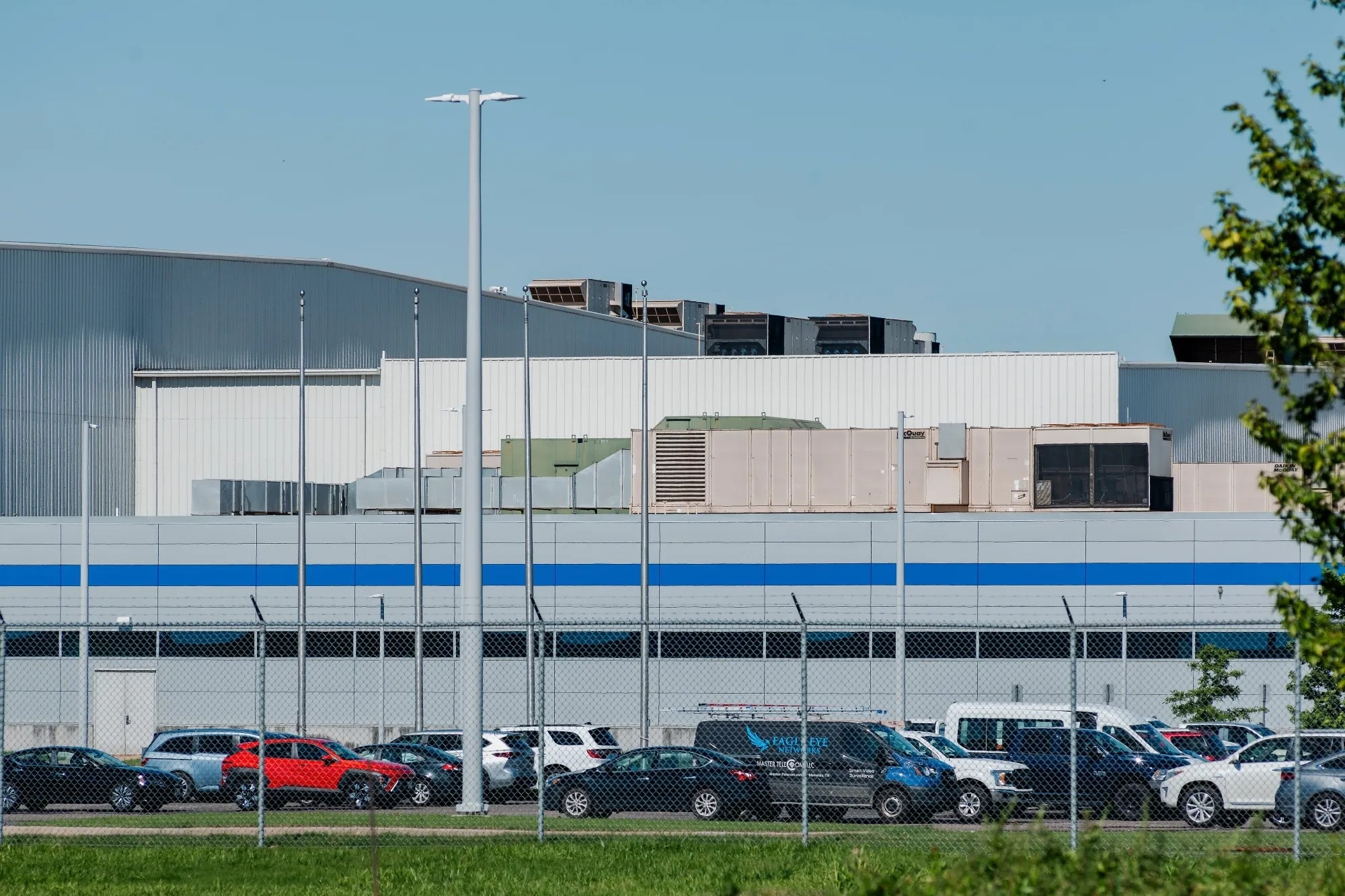 |
An old Electrolux facility in Memphis is being used to house xAI's giant supercomputer. Photo: Bloomberg. |
Colossus is expected to make Memphis a center for cutting-edge technology. The attraction of the next era of supercomputing lies in its superior processing speed.
A new generation of data processors will harness the properties of quantum physics to deliver a leap in problem-solving capabilities, a key factor in running complex AI programs. Elon Musk’s “giant computing factory” project in Memphis is moving at an astonishing pace, aiming to be fully operational by the end of 2025.
However, the rapid pace of progress has left residents, council members and environmentalists wondering about the potential impacts of the project. The lack of transparency and lack of public consultation meetings have caused frustration and a sense of abandonment.
Although xAI announced plans to build a supercomputer near the Boxtown neighborhood as early as June 2024 and begin renovating a vacant Electrolux factory, details about the project remain limited.
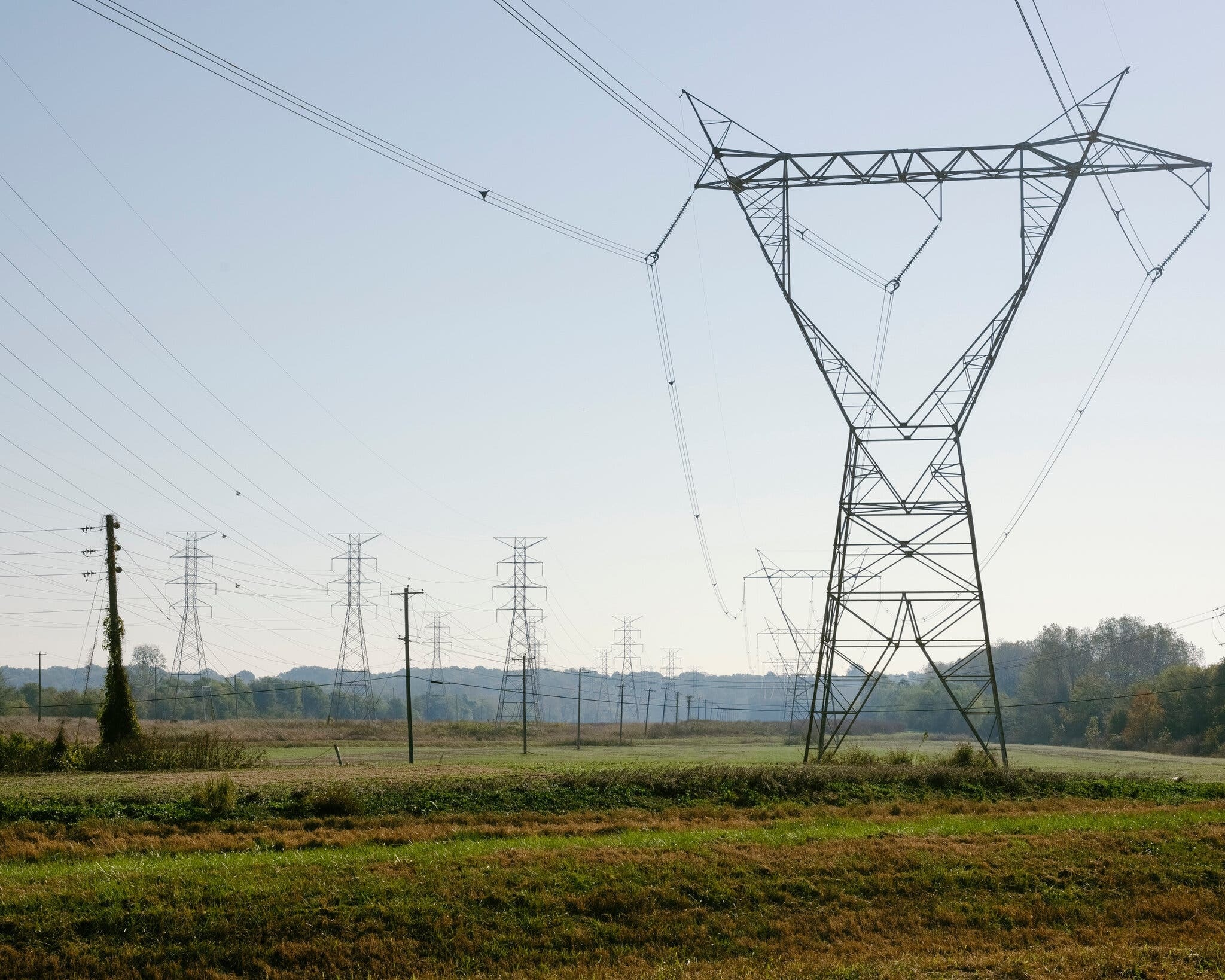 |
The scale of power consumption from a supercomputing center like xAI requires approval from the Tennessee Valley Authority, which operates the power grid for much of the region. Photo: New York Times. |
One of the biggest issues is the supercomputer’s massive energy and water demands. It is estimated that the facility will need about 3.7 million liters of water and 150 MW of electricity per day.
This poses significant challenges for the local power grid, which has suffered from overloads and blackouts in recent years. Memphis’ groundwater, a precious source of clean water, is also at risk of being over-exploited.
To mitigate potential negative impacts, local governments and environmental organizations are actively promoting xAI to implement sustainable solutions.
Proposals include building a state-of-the-art wastewater treatment plant and providing a large-scale battery storage system. These efforts will not only help ensure a stable supply of water and electricity for the supercomputer, but also contribute to the city’s overall sustainability goals.
Source: https://znews.vn/nghich-ly-sieu-may-tinh-ai-cua-elon-musk-post1543685.html


![[Photo] Opening of the 11th Conference of the 13th Party Central Committee](https://vstatic.vietnam.vn/vietnam/resource/IMAGE/2025/4/10/f9e717b67de343d7b687cb419c0829a2)

![[Photo] Unique folk games at Chuong Village Festival](https://vstatic.vietnam.vn/vietnam/resource/IMAGE/2025/4/10/cff805a06fdd443b9474c017f98075a4)

![[Photo] April Festival in Can Tho City](https://vstatic.vietnam.vn/vietnam/resource/IMAGE/2025/4/10/bf5ae82870e648fabfbcc93a25b481ea)

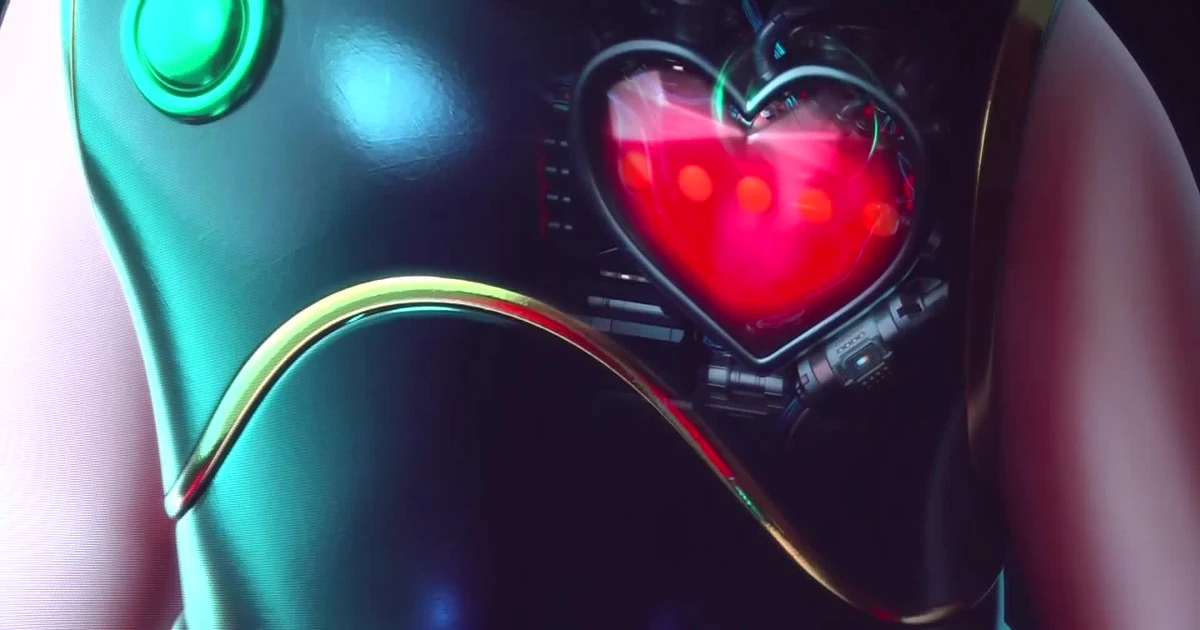
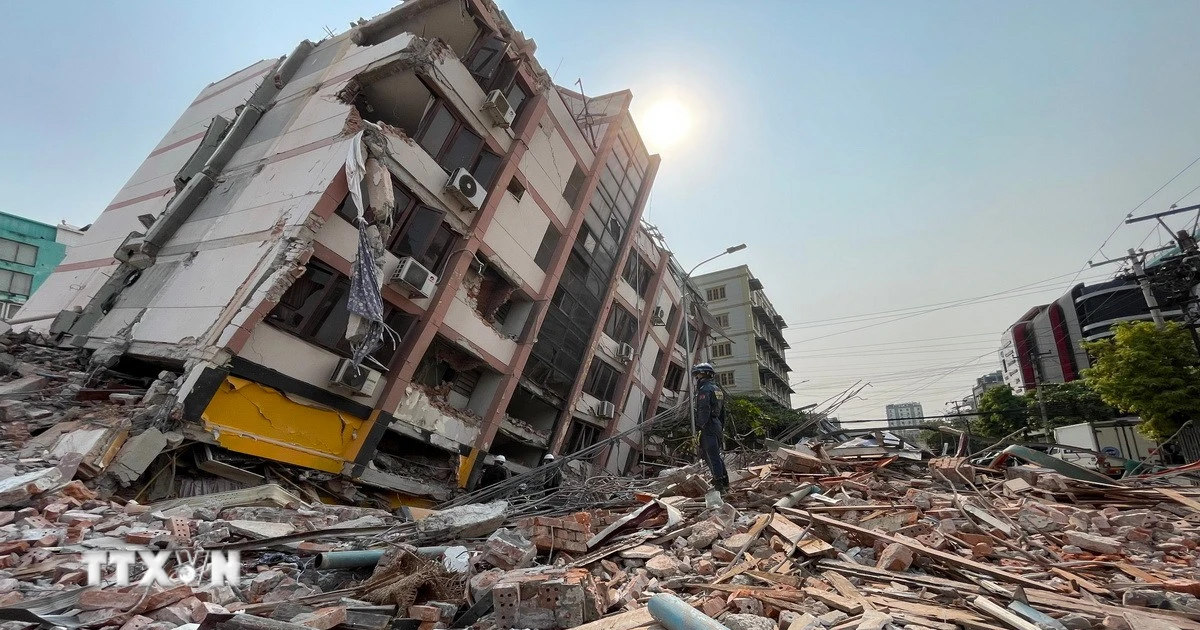

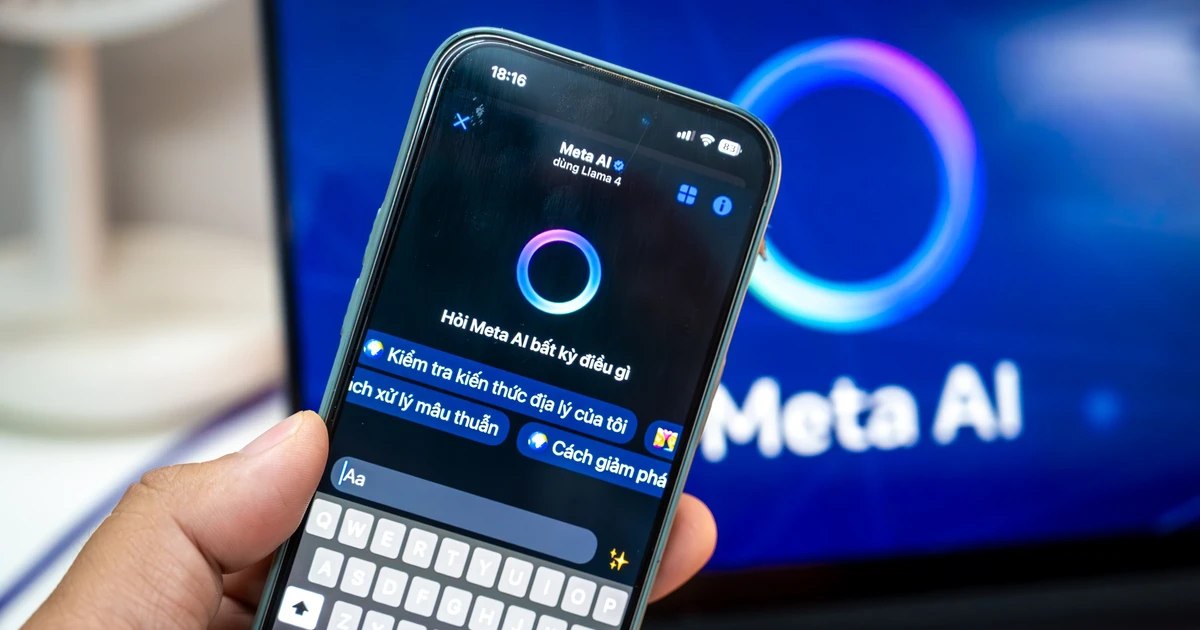
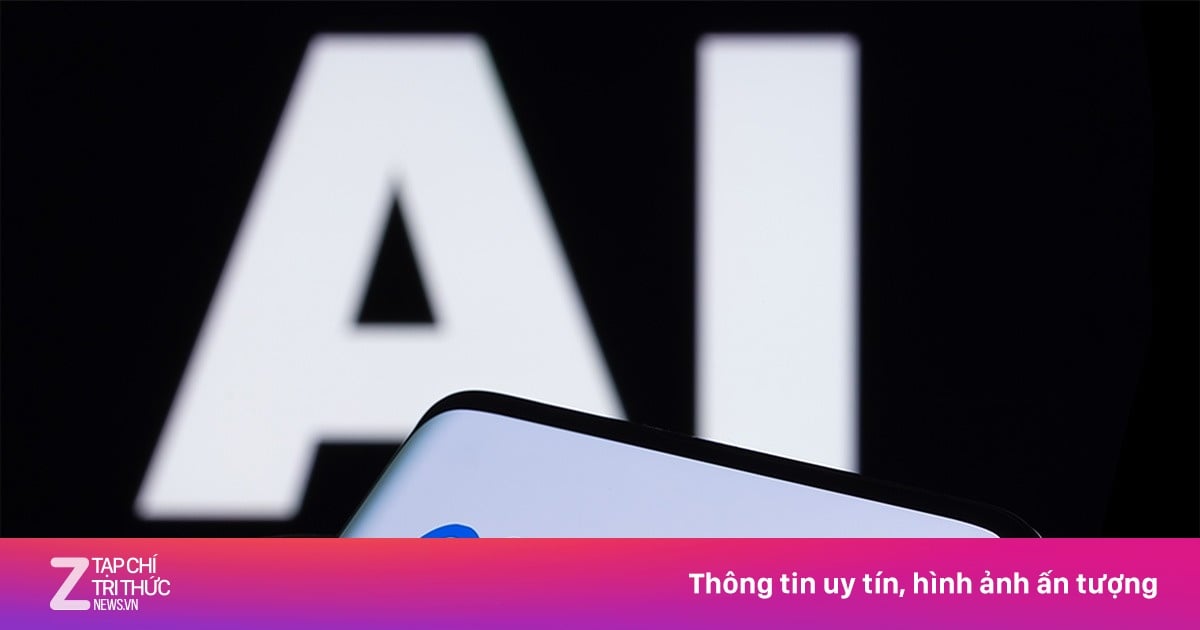







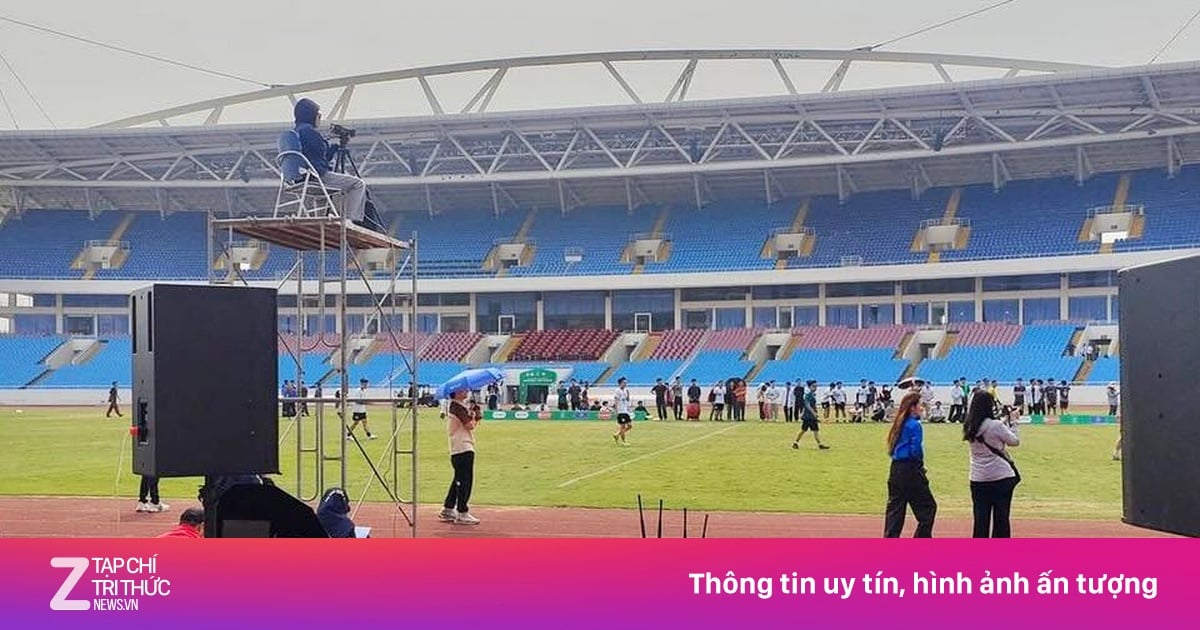
















































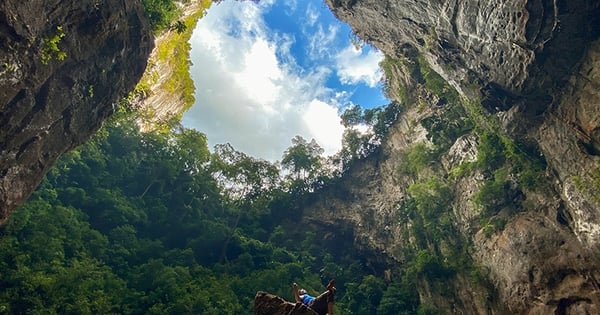
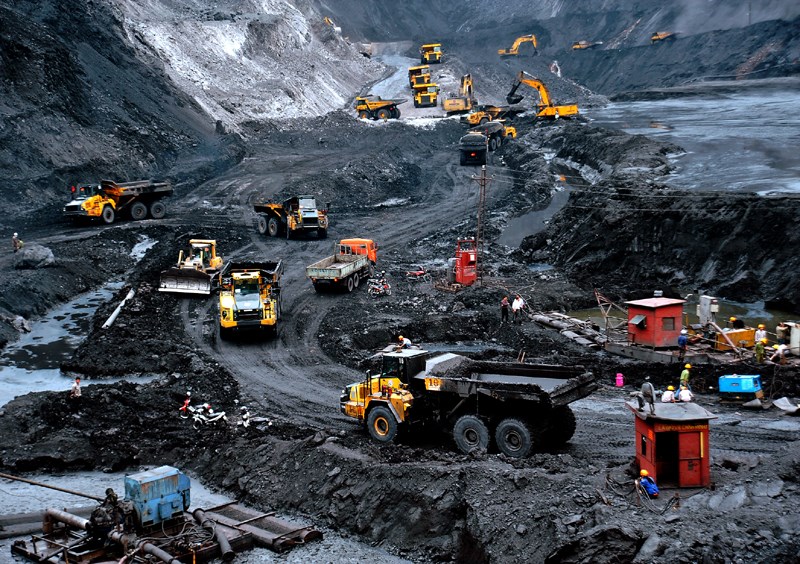

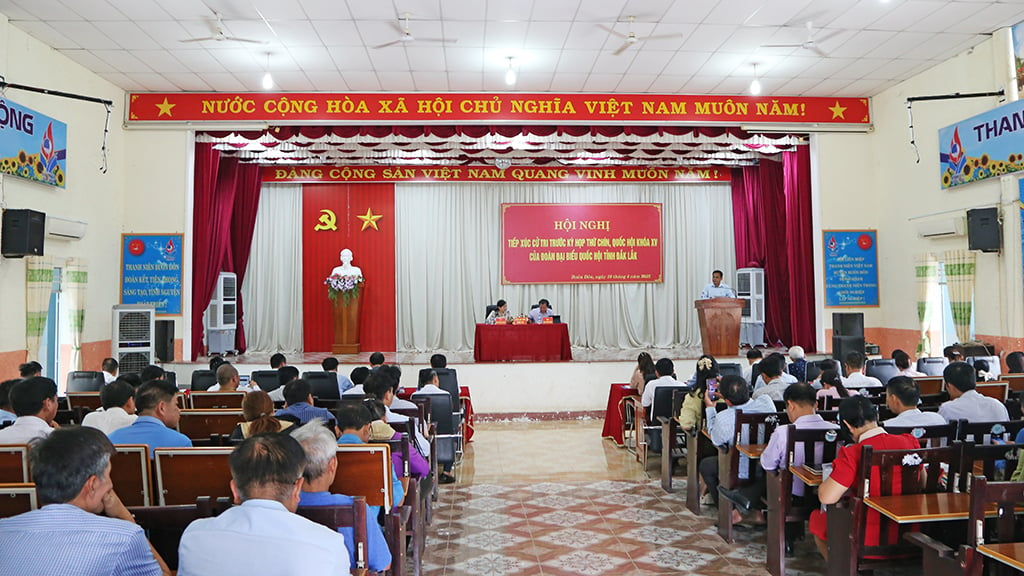
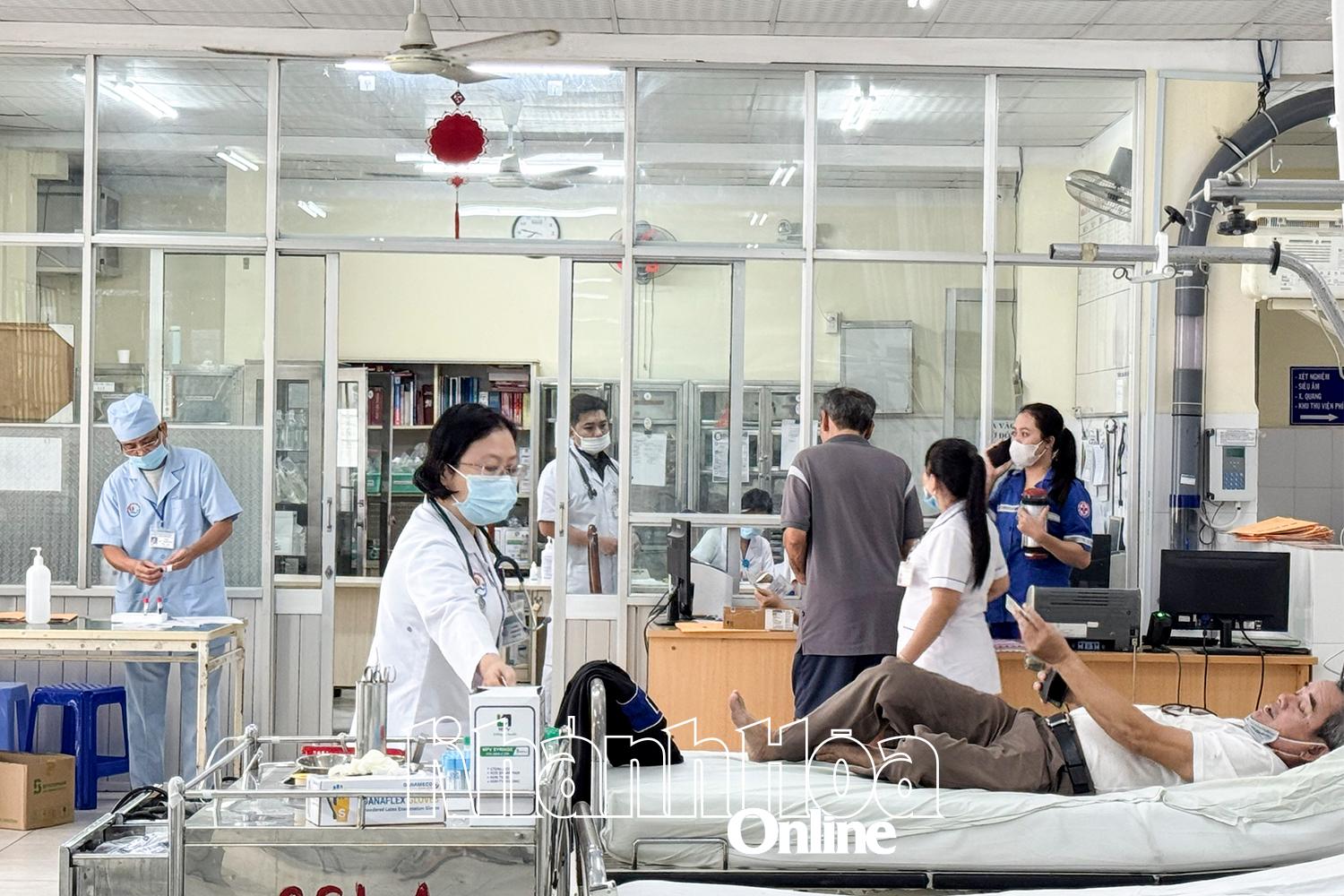














Comment (0)